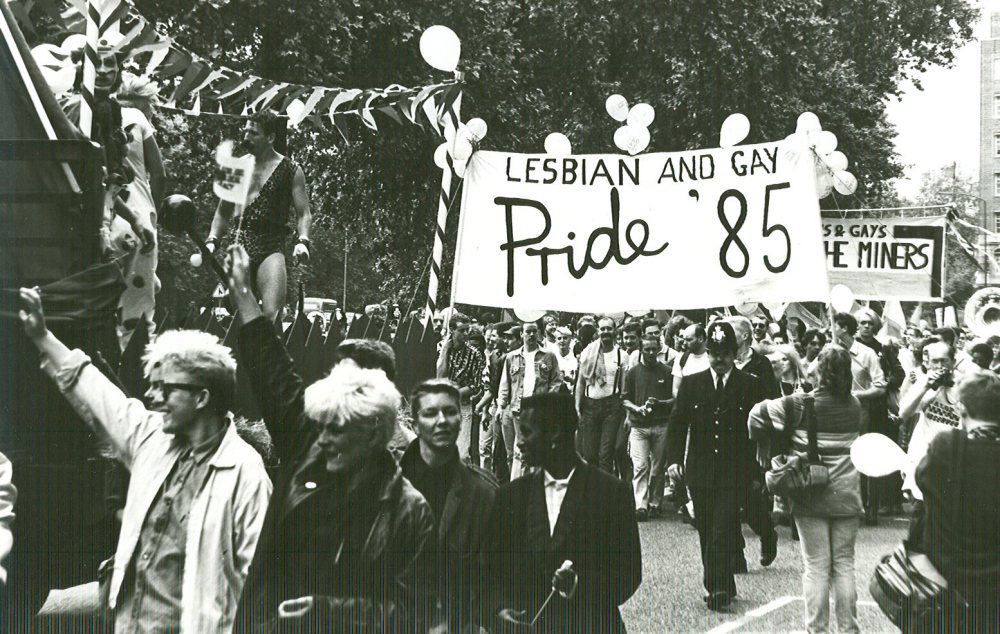
The Rise and Fall of Lesbian Nation – An interview with Dr. Lillian Faderman
By Tanya Yeomans, October 6 2020—
For the second annual LGBTQ2S+ Lecture held by the Calgary Institute for the Humanities, Dr. Lillian Faderman, professor emerita of English at California State University, Fresno, and foundational lesbian history scholar, spoke on the “Rise and Fall of Lesbian Nation.”
Dr. Annette Timm of the University of Calgary history department hosted the event and provided an introduction on Faderman’s background and the significance of her research. Timm discussed the challenges that exist when searching for historical source material relating to lesbians and told listeners that Faderman’s research has spanned 11 books and her efforts have won numerous prestigious awards.
“She knew to look in places others had not. Private letters, poetry, even pornography,” Timm said.
The talk provided an insightful look at the rise of lesbian feminism during the 1970s through to its decline in the 1990s. Faderman’s lecture was engaging, and included photographs, magazine covers and cartoons from the era. As a young woman who came out as a teenager in the 1950s, Faderman also shared her own thoughts and experiences of the time. In addition to the visual material, the audience was treated to a musical duet with Faderman and Phyllis Irwin, her partner of 48 years, with a song inspired by the concept of a lesbian bus that would collect women from around America and bring them to a separate woman’s world.
The presentation provided a look into how lesbians of the 1970s and 1980s reformed their lives independent of the patriarchy. Lesbian collectives were formed across America, and significant dedication and effort went into building a society separate from men. In discussing one collective, Faderman says, “What they meant by lesbian is not simply a sexual orientation or a bedroom act, but a conscious political choice.” In addition to discussing the culture and ideology of the women living in these collectives, Faderman also touched on the practical and physical aspects of learning to live in independent communes.
Lesbian feminism declined in the 1990s, and Faderman said, “the younger generation beginning in the mid-1990s really wanted more place for individuality, they were less interested in collectivity.”
“They did recognize, I think, that as feminists they had some common concerns with the earlier generation of lesbian feminists, but they rejected what they saw as the essentialism of lesbian feminist womanhood. They thought that the concept of woman should be anything that an individual wanted it to be. And they became the third wave of the feminist movement. More controversial, I think, was that lesbian feminists and also their music festivals fell out of favour with the new generation because many lesbian feminists insisted that a woman is someone with female genitalia, which of course excluded trans women.”
Faderman also attributed the successes of feminism in opening more opportunities for women, as well as the economic pressures of the collective lifestyle as reasons for lesbian feminism falling out of favour.
Faderman addressed controversies between lesbian feminism and trans issues throughout her talk, stating that “lesbian feminism began as movement in 1970, and it was still going strong into the 1980s and even into the early 1990s. Now it’s very widely regarded by the LGBT community as essentialist and as a product of less enlightened and transphobic times.”
She asked the audience to keep the perspective of the times in their minds when learning about the radical feminists from the past.
“I’m bothered that if their history is mentioned at all, it’s to vilify them as TERFS, as trans-exclusionary radical feminists,” she said. “I know that many of us have certainly come to understand transgender issues, especially in the 21st century when we’ve had the benefit of really meaningful dialogue on the subject but lesbian nation didn’t have the benefit of that dialogue, and so as a historian I want to regard those women of lesbian nation as an important slice of history and not judge them by our contemporary understanding.”
At the end of her presentation Faderman reflected on what the movement meant to her personally.
“Lesbian feminist rhetoric was the first that we’d heard that said that being a lesbian was something to be celebrated, that we didn’t have to live in twilight or see ourselves as criminals or crazies. It was incredibly affirming in ways that we just could not have imagined in the 1950s and 1960s. It was really revolutionary for those of us that did not see ourselves as lesbian feminists too.”
When asked where to start learning more about the history of lesbians, she suggested one of her own books, Odd Girls and Twilight Lovers, as well as Boots of Leather, Slippers of Gold by Elizabeth Lapovsky Kennedy and Madeline D. Davis.
A recording of the lecture can be found here.
